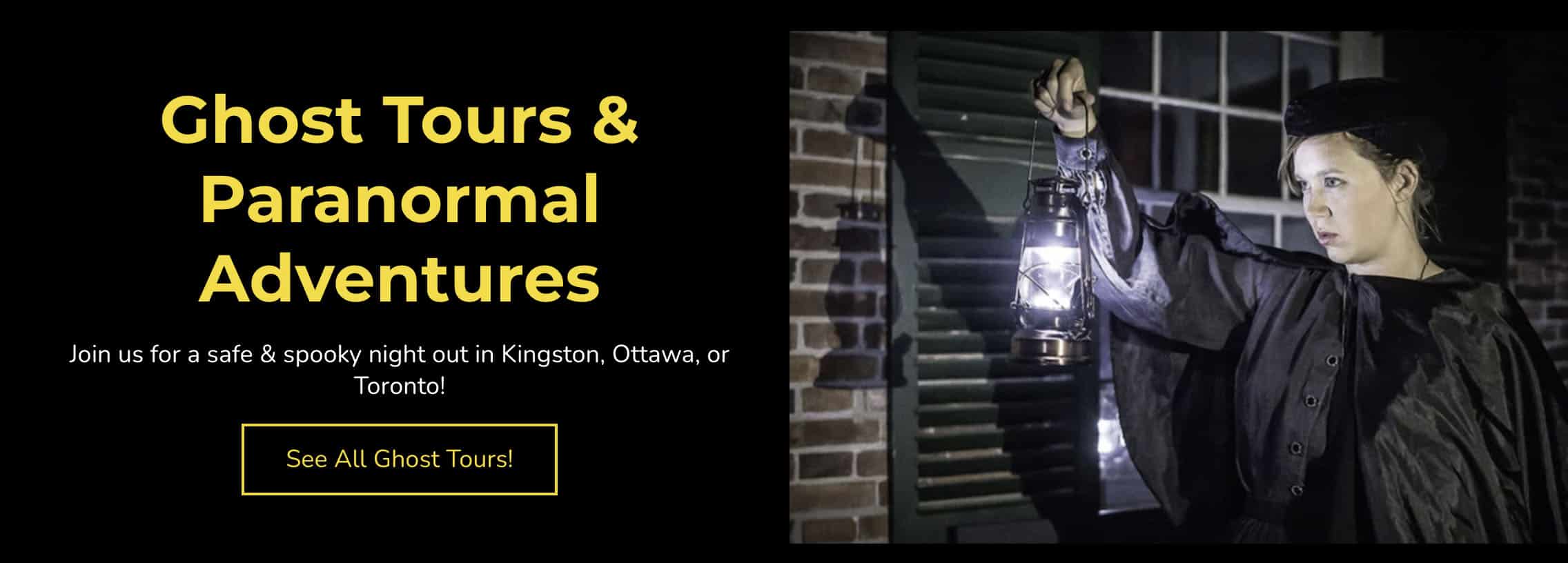“What should we ask?”
You and your friends are sitting around sharing spooky stories. The lights are dimmed and a soft creak down the hall gives everyone a start. And then it happens: someone pulls out a familiar-looking box containing an object of wonder and dread: the Ouija Board! One friend gasps in horror; another jumps back, sending their chair crashing to the ground. A few lean in and are excited to try it out; someone is already unboxing the planchette and examining it closely. The host hesitates and anxiously looks around the room to gauge the mood. Will you join in?
 Many of us have had a similar experience. Whether at a Halloween party hosted by friends or neighbours, exploring an abandoned building with your cousins, or attending a séance guided by a medium, you have likely had an encounter with a Ouija Board. Some people are immediately terrified of the cardboard print and plastic planchette, while others mock the items and dismiss the game as pure rubbish. However, most of us fall somewhere in between: fascinated, intrigued and probably a bit cautious (just in case).
Many of us have had a similar experience. Whether at a Halloween party hosted by friends or neighbours, exploring an abandoned building with your cousins, or attending a séance guided by a medium, you have likely had an encounter with a Ouija Board. Some people are immediately terrified of the cardboard print and plastic planchette, while others mock the items and dismiss the game as pure rubbish. However, most of us fall somewhere in between: fascinated, intrigued and probably a bit cautious (just in case).
But few people who play with Ouija Boards know very much about their origins. Are these spirit boards the work of Satan? Or, are they simply parlour games invented for entertainment? As we will see, the truth is not exactly clear…
The Victorian Age
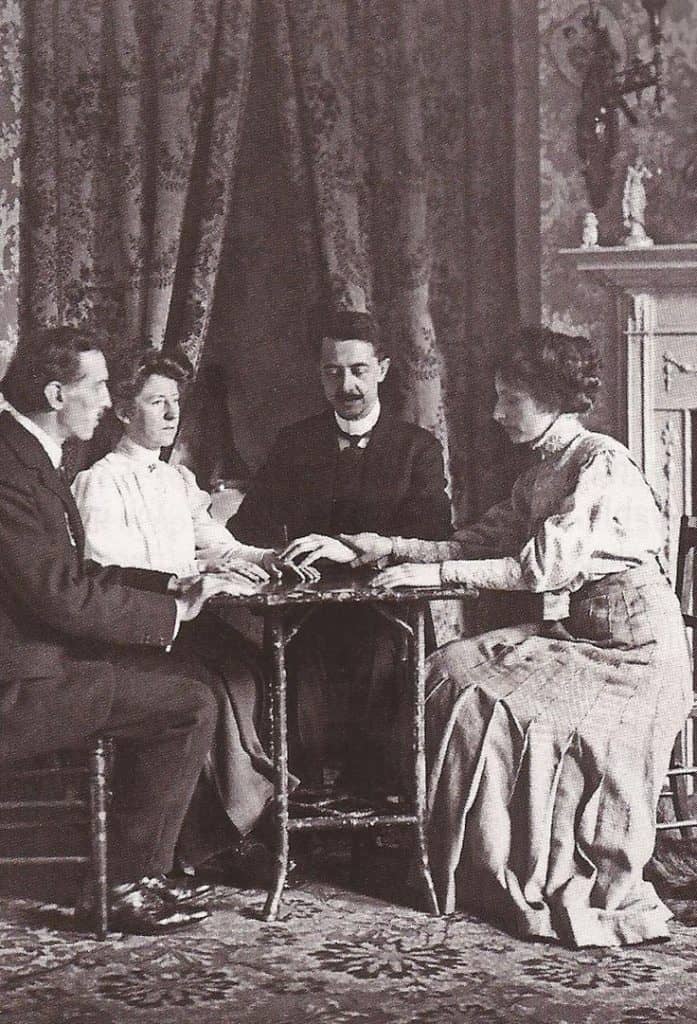 The Ouija Board that we know and love (or dread!) today has been around since the 1890s. However, “talking boards” were part of historic civilizations around the world for centuries. A board was once used in ancient Rome to predict the next king. Across the globe, spirit writing was a common method for communicating with the dead in China before it was outlawed nearly a century ago. It’s clear that people have been trying to use boards to contact the other side for a very long time.
The Ouija Board that we know and love (or dread!) today has been around since the 1890s. However, “talking boards” were part of historic civilizations around the world for centuries. A board was once used in ancient Rome to predict the next king. Across the globe, spirit writing was a common method for communicating with the dead in China before it was outlawed nearly a century ago. It’s clear that people have been trying to use boards to contact the other side for a very long time.
People of the Victorian era were no exception and they were especially fascinated by ghosts and the supernatural. Many individuals followed a movement called “spiritualism”: the belief that the spirits of the dead are present all around us and, when prompted, can communicate with the living. The spread of spiritualism across North America and throughout Europe was accompanied by a rise in consumer goods and new inventions. Products that promised to prove the existence of spirits and offered an opportunity to commune with deceased loved ones were being marketed all of the time. While many people genuinely believed in spiritual communication from an invisible realm, some business people looking to take advantage of the trend swiftly cashed in.
Curious about the supernatural? Try our “Haunting at Home” digital experience from anywhere in the world right now and join our crowd-sourced investigation into the paranormal! 👻
The Ouija Board is Born
The modern Ouija Board that we’ve become familiar with was patented by Elijah Bond. The business venture of making and selling the boards in the United States was signed over to Kennard Novelty Company in 1891 (and the International Novelty Company in Canada in the same year). People adhering to the spiritualist movement of the Victorian era were already using talking boards but Bond’s “Ouija Board” was the first widespread commercial attempt to make money on the idea. A combination of good timing and smart marketing ensured the Ouija Board would become a resounding success.
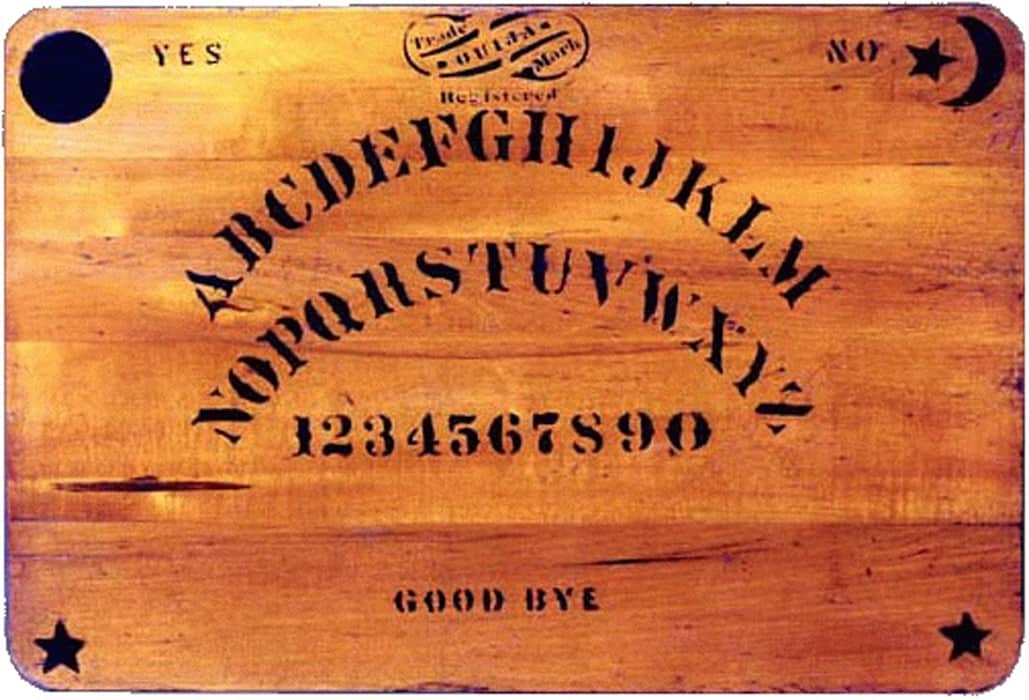 It’s unclear if Bond and his partners genuinely believed that their board could contact spirits, but they managed to convince enough people to secure a patent for the design. Bond was involved in a number of other inventions over the years, including ones for steam powered engines. When he wasn’t participating in invention schemes, Bond practiced law in Baltimore. Although he tried to patent another talking board towards the end of his life, the Ouija Board was his monumental claim to fame.
It’s unclear if Bond and his partners genuinely believed that their board could contact spirits, but they managed to convince enough people to secure a patent for the design. Bond was involved in a number of other inventions over the years, including ones for steam powered engines. When he wasn’t participating in invention schemes, Bond practiced law in Baltimore. Although he tried to patent another talking board towards the end of his life, the Ouija Board was his monumental claim to fame.
Early Ouija Boards were marketed as a “toy and game” for the entire family and plenty of ordinary middle-class people bought it for entertainment. However, its connections with spiritualism and its potential to communicate with the dead attracted another type of clientele. Spiritualists of all kinds were fascinated with the new device and wondered if the product could assist in their quests in communicating with the other side. For the Kennard Novelty Company, who manufactured the Board, it didn’t matter why people were buying their game: they were flying off the shelves and making them rich.
20th-Century Spiritualism
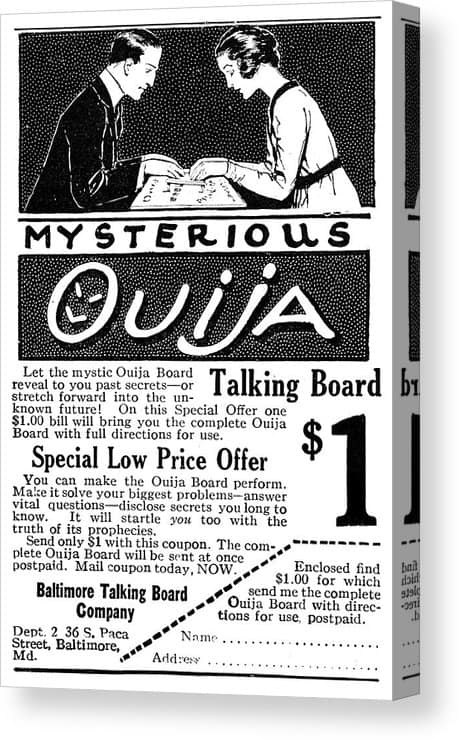 Decades after it was invented, the Ouija Board’s popularity reached its height. In the 1920s, after the devastation of the First World War, spiritualism surged in popularity once again. After losing so many loved ones in the conflict and facing a changing world following the most destructive years in human history, people were looking for guidance. Many individuals, including celebrities and politicians, turned to the spirit world for answers. Along with talking boards, people once again became interested in séances and mediums. Even Canada’s Prime Minister at the time, William Lyon Mackenzie King, actively participated in spiritualism in an effort to contact deceased loved ones and mentors.
Decades after it was invented, the Ouija Board’s popularity reached its height. In the 1920s, after the devastation of the First World War, spiritualism surged in popularity once again. After losing so many loved ones in the conflict and facing a changing world following the most destructive years in human history, people were looking for guidance. Many individuals, including celebrities and politicians, turned to the spirit world for answers. Along with talking boards, people once again became interested in séances and mediums. Even Canada’s Prime Minister at the time, William Lyon Mackenzie King, actively participated in spiritualism in an effort to contact deceased loved ones and mentors.
It’s of little surprise that the popularity of the Ouija Board also exploded in the early 1920s. Marketing campaigns not only sold the board as a game for the entire family but also as a “magic” talking board for communicating with spirits. The board even entered American folklore after Norman Rockwell created an illustration of its use.
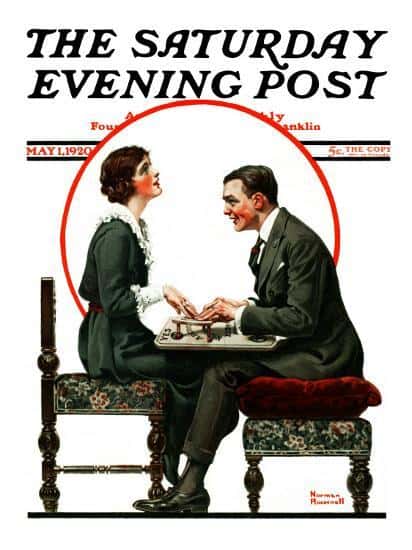 Shortly after witnessing his invention reach new heights, Elijah Bond passed away. His obituary made no mention of his iconic creation and instead focused on the family members and law career he was leaving behind.
Shortly after witnessing his invention reach new heights, Elijah Bond passed away. His obituary made no mention of his iconic creation and instead focused on the family members and law career he was leaving behind.
A Gateway to Hell?
The Ouija Board continued to enjoy fluctuating popularity through the mid 20th century. But everything changed in 1973 and the use of the ever-popular game came to a screeching halt with the release of the popular horror movie, The Exorcist.
The film was loosely based on the true story of Roland Doe’s long exorcism in the 1940s, but many elements were added for dramatic effect. Although it’s unlikely that the Ouija Board was ever involved in Roland Doe’s real life story, the board took a prominent place in the 1973 film. Even the writer of the novel who inspired the film was convinced that Ouija Boards were connected with evil. When the main character was possessed for supposedly playing with a Ouija Board alone, mass perception of the “simple parlour game” was altered forever.
Soon Ouija Boards, and many other practices of spiritualism, were swept up in a mass panic. People were suddenly terrified of the beloved game and almost overnight it became associated with Satan. Throughout the 1970s and into the 1980s, more books and movies flooded the market that warned of the Ouija Boards’ dangers and played upon new fears of contacting evil spirits. A decade after The Exorcist was released, this pervasive fear of spiritualism and practices associated with contacting the dead eventually culminated in a widespread fear that devil worshippers were performing horrific rituals across North America. After spiritualism became associated with contacting the devil, the reputation of the Ouija Board was forever intertwined with evil.
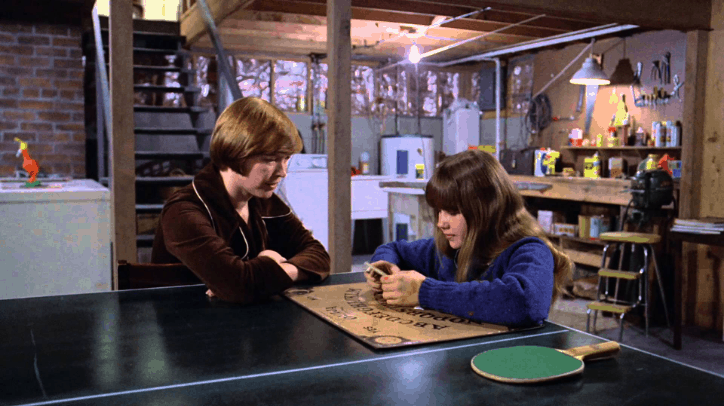
Exorcist – 1973
Resurgence
Despite its unwarranted negative publicity through the latter decades of the 20th century, the Ouija Board is being rediscovered and some people are becoming more comfortable with its presence. Its appearance in popular television shows and movies not as an object to conjure evil but as a fascinating game to play with friends has helped repair some damage. There have even been competitions for who has the biggest Ouija Board. Still, even with popular appearances on the rise, many people still refuse to be in the same room with them.
Part of this resurgence of the Ouija Board is a new grave marker in a Baltimore cemetery. For years, the grave of Elijah Bond was unmarked and almost lost to history. A dedicated group of paranormal enthusiasts, cemetery staff and volunteers eventually located the grave and arranged for a new stone commemorating the inventor. The unique headstone at his grave attests to Bond’s famous life work by taking the form of a Ouija Board. It’s unclear if anyone has ever tried to use a planchette on the granite marker to try and contact his spirit.
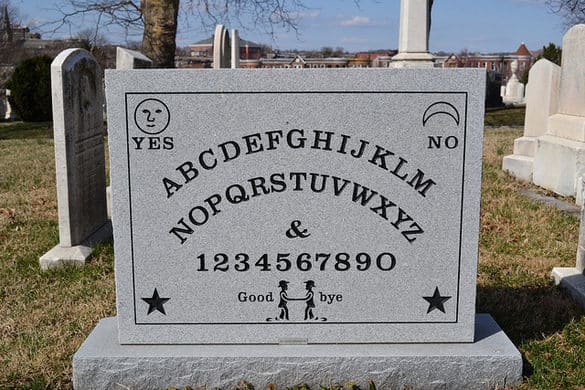

For more spooky stories and creepy history, join us on one of our ghost tours and be sure to listen to our HAUNTED TALKS podcast! 🎧
Written by:
Brittney Anne Bos, PhD
Haunted Walk Tour Guide & Host
Is the other side closer than we think? Try our “Haunting at Home” digital experience from anywhere in the world right now and join our crowd-sourced investigation into the paranormal! 👻
Sources for more reading:
https://www.theatlantic.com/technology/archive/2014/10/when-ouija-boards-were-sexy/382203/
https://www.theguardian.com/lifeandstyle/2016/oct/30/ouija-board-mystery-history
https://www.atlasobscura.com/places/elijah-bond-s-ouija-board-grave
https://tbhs.org/elijah-bond-memorial-gravestone/
http://victorian-era.org/victorian-spiritualism-spiritualists.html

